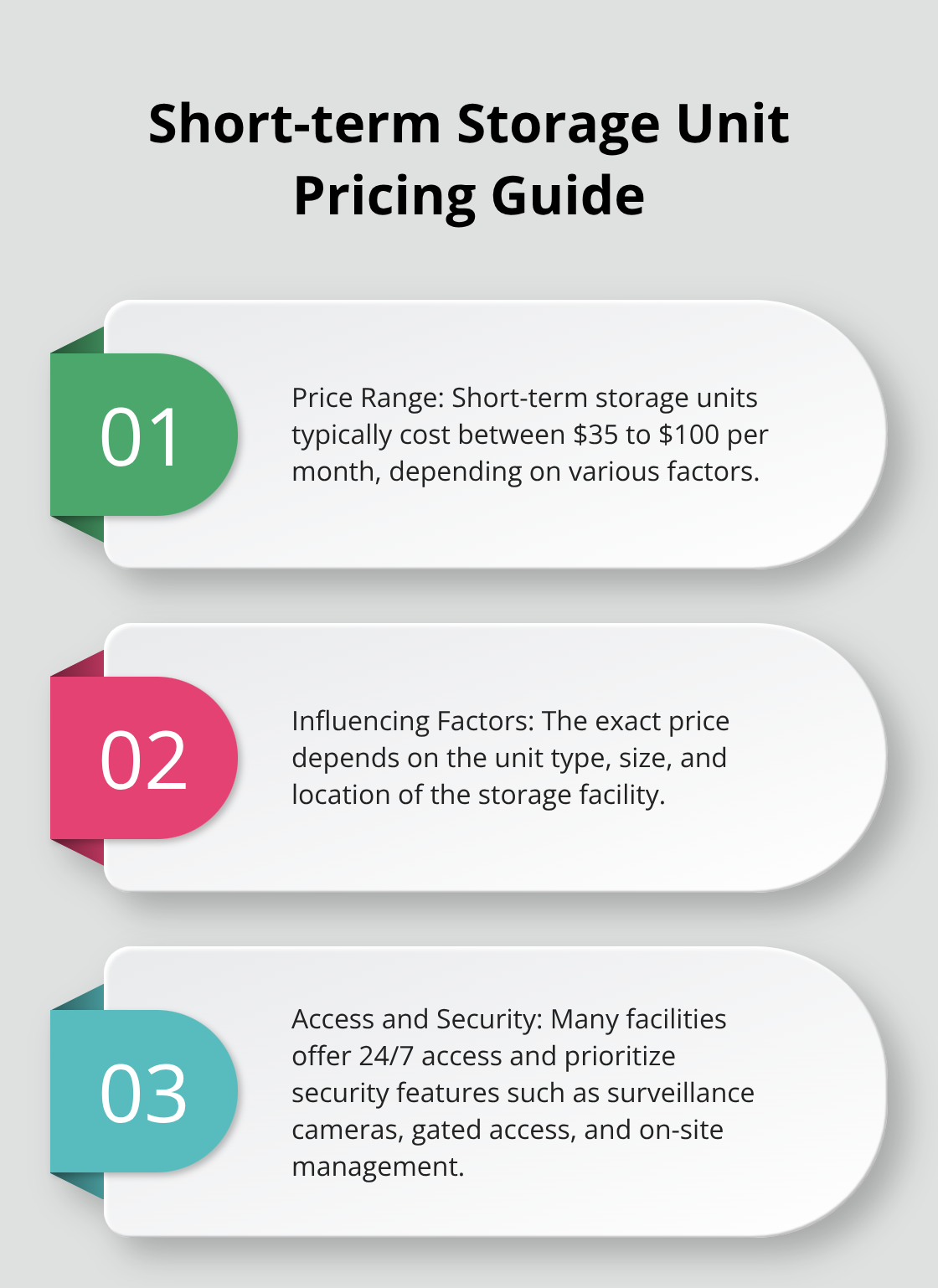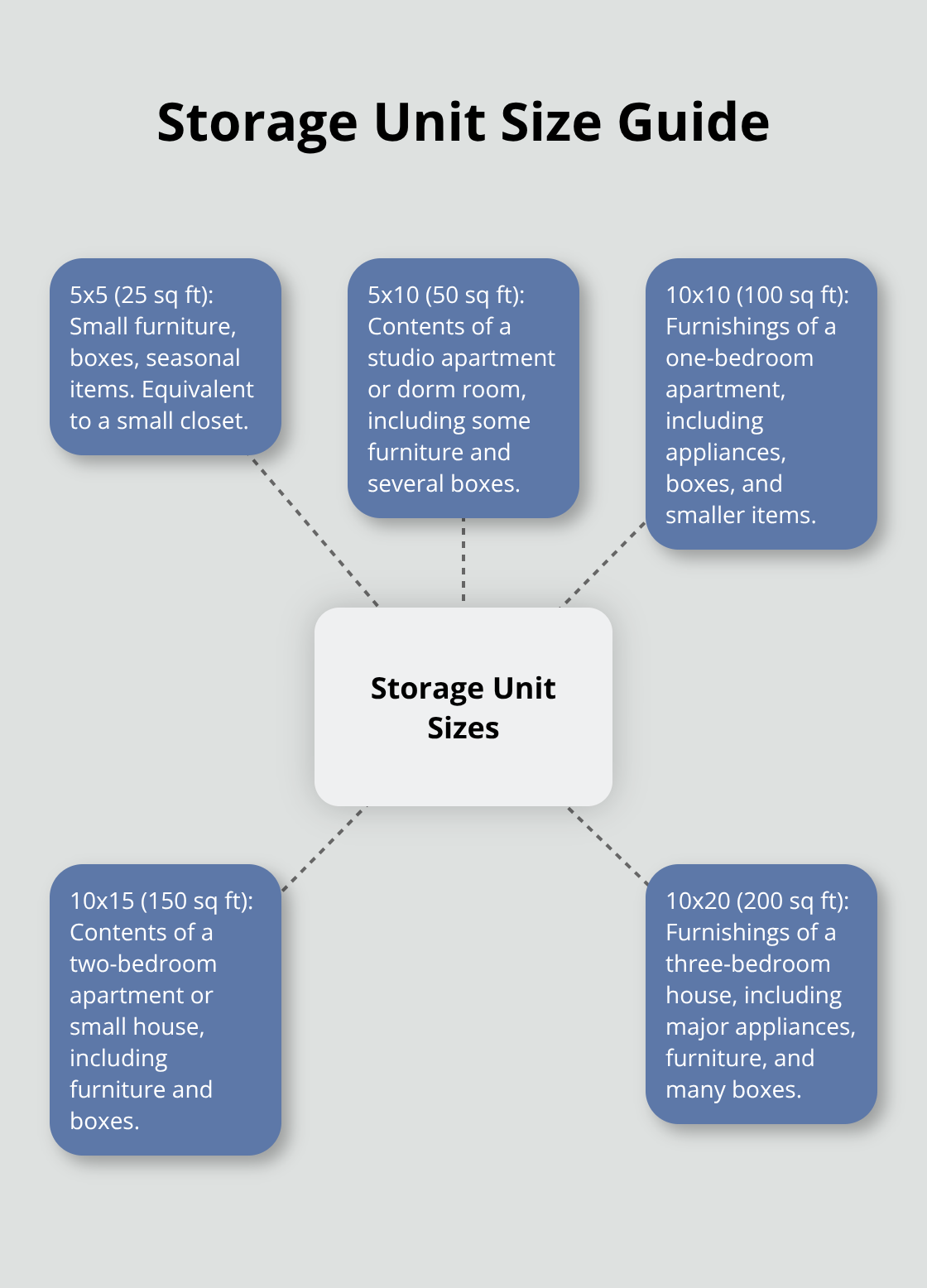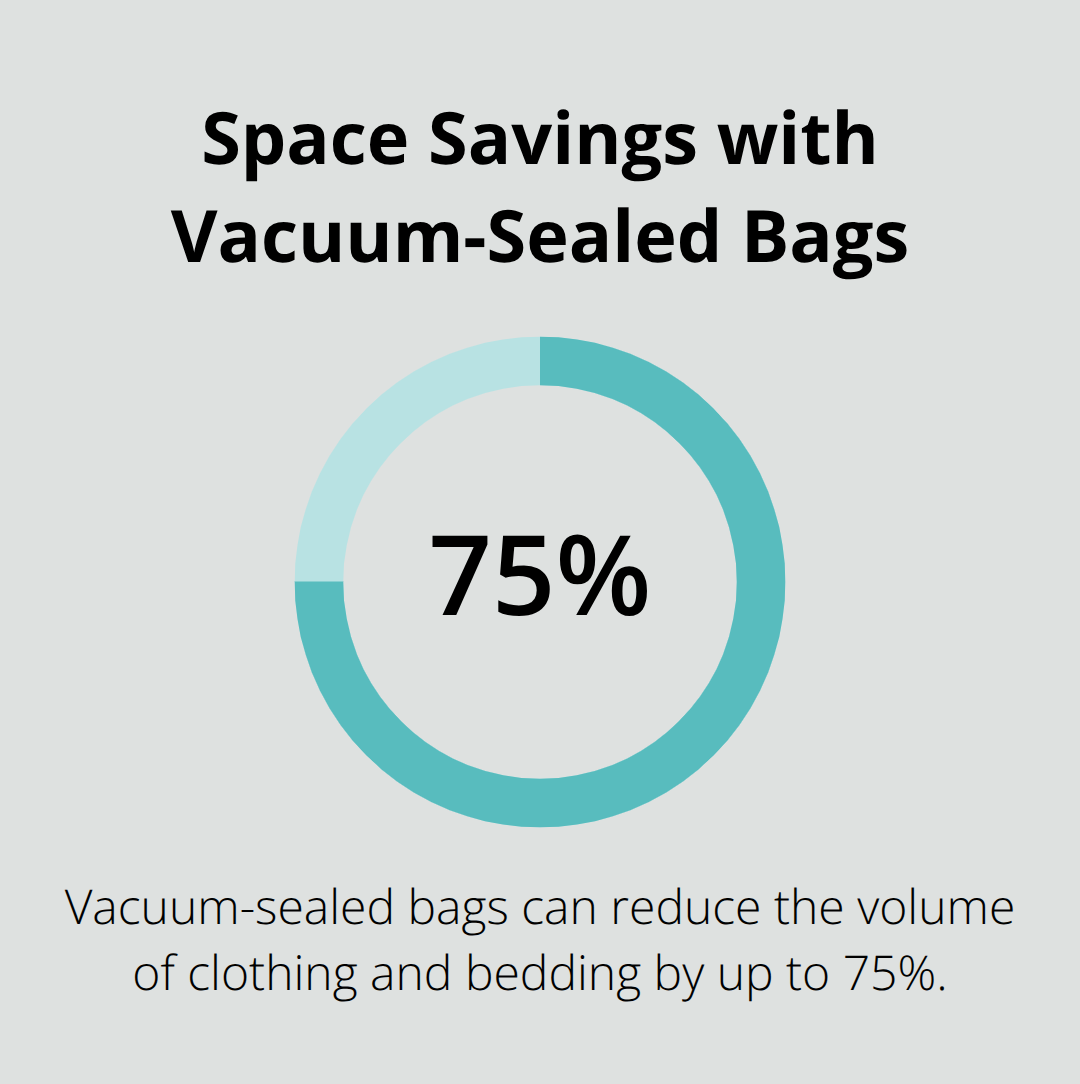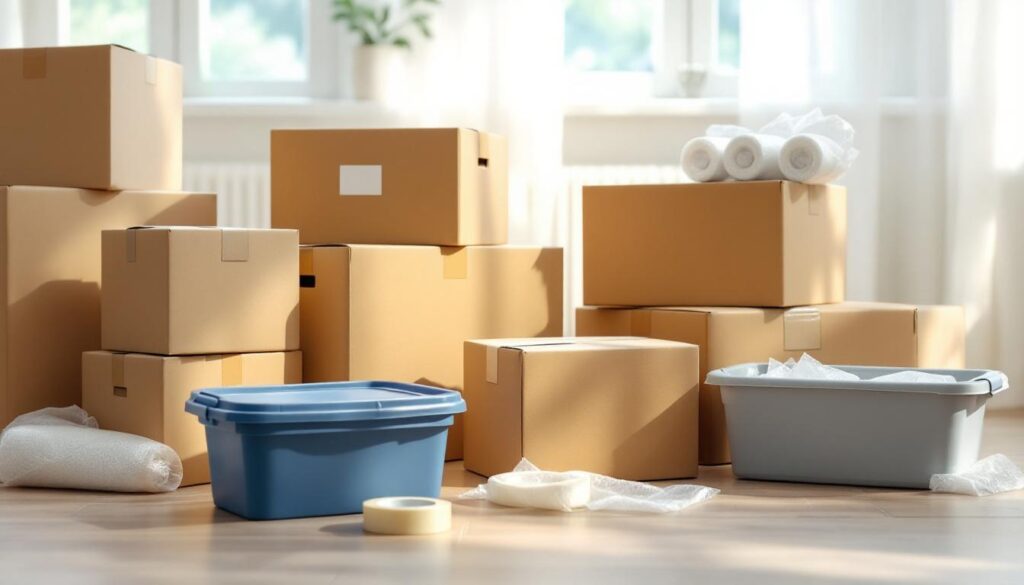Moving can be overwhelming, especially when it comes to finding the right storage solutions for your belongings. At Southbay Moving Systems, we understand the importance of choosing the best storage options for moving.
In this guide, we’ll explore various storage types, factors to consider when selecting a storage facility, and tips to maximize your storage space. Whether you need short-term or long-term storage, we’ve got you covered with practical advice to make your move smoother.
What Storage Options Are Available When Moving?
Moving requires careful planning, especially when it comes to storage solutions. Let’s explore the main storage options available to you during your move.
Short-term Storage Units
Short-term storage units offer flexibility for moves that take a few weeks to a few months. These units are perfect if you’re downsizing, staging your home for sale, or if there’s a gap between your move-out and move-in dates.
Many facilities provide 24/7 access, allowing you to retrieve items as needed. Prices range between $35-100 per month, depending on unit type, unit size, and location. When choosing a facility, prioritize security features such as surveillance cameras, gated access, and on-site management.

Long-term Storage Facilities
For extended storage needs, long-term storage facilities offer more economical rates for stays of six months or more. These are ideal if you’re moving abroad, have excess business inventory, or need to store items during a major renovation.
Long-term storage often comes with better deals (some facilities offer up to 50% off for the first few months). However, be cautious of contracts that lock you in for extended periods. Always read the terms carefully before committing.
Portable Storage Containers
Portable storage containers have transformed the moving and storage industry. Companies deliver a container to your home, you load it at your convenience, and they transport it to your new location or a storage facility.
This option eliminates multiple loadings and unloadings, which reduces the risk of damage to your belongings. Various sizes are available to suit different needs.
Climate-controlled Storage Spaces
For valuable or sensitive items, climate-controlled storage is essential. These units maintain consistent temperature and humidity levels, which protects items like electronics, wooden furniture, artwork, and important documents from extreme conditions.
While more expensive, the protection they offer is invaluable for certain items. However, standard storage units are often more cost-effective, making them ideal for individuals storing items for a short time or placing less sensitive items.
As you consider these storage options, it’s important to evaluate your specific needs and budget. The next section will guide you through the key factors to consider when choosing the right storage solution for your move.
What Factors Matter Most When Choosing Storage?
Size and Capacity: Getting It Right
Accurate space estimation is essential when choosing storage. A 10×10 unit typically accommodates the contents of a one-bedroom apartment. For precise calculations, use an online storage calculator or consult a professional moving company.
Consider unit height as well. Most facilities offer 8-foot ceilings, but taller options exist. These allow you to stack items and maximize vertical space (particularly useful for large furniture or appliances).

Location and Accessibility: Convenience Counts
The storage facility’s location impacts your experience significantly. Choose a facility near your new home or workplace if you need frequent access. Some facilities offer 24/7 access, which proves invaluable for unpredictable schedules or urgent needs.
Evaluate the facility’s layout. Ground-floor units with drive-up access facilitate easy loading and unloading, especially for larger items. Upper-floor units might cost less but present challenges for heavy items.
Security and Insurance: Safeguarding Your Belongings
Prioritize security for your possessions. Seek facilities with electronic gate access, video surveillance, and on-site management. These features can significantly enhance the protection of your stored items.
Review your homeowner’s or renter’s insurance policy to check if it covers items in storage. If not, purchase additional coverage. Storage facilities often offer insurance plans, but third-party storage insurance might provide better rates and coverage.
Cost and Budget: Finding the Right Balance
Storage costs vary based on location, size, and features. Urban areas typically command higher prices; a 10×10 unit in San Francisco might cost twice as much as in a smaller California town.
Don’t automatically choose the cheapest option. Consider the value you receive. A slightly more expensive facility with better security and climate control might justify the extra cost, especially for long-term storage or valuable items.
Look for promotions and discounts (common in the storage industry). Many facilities offer the first month free or discounted rates for longer-term commitments. Exercise caution with introductory rates that increase significantly after a few months.
The right storage solution meets your needs without breaking your budget. The cheapest option isn’t always best, and the most expensive doesn’t guarantee the most security or convenience. Strive to find the right balance for your specific situation.
Now that you understand the key factors in choosing storage, let’s explore how to maximize your storage space effectively.
How to Maximize Your Storage Space
Pack Smart to Save Space
Label Your Moving Boxes In Detail on Several Sides. Details make all the difference, especially if you’re keeping things in storage for a while. Use uniform-sized boxes for easier stacking. Fill boxes to capacity to prevent crushing, but keep them light enough to lift safely.
Use vacuum-sealed bags for clothing and bedding to reduce their volume by up to 75% (these bags also protect against moisture and pests). For fragile items, use bubble wrap or packing paper, and fill empty spaces in boxes with packing peanuts to prevent shifting.

Utilize Vertical Space for Maximum Efficiency
Use sturdy shelving units to take advantage of the full height of your storage unit. Metal shelves support more weight than plastic ones and are less likely to warp over time. Place heavier items on the bottom shelves and lighter ones on top.
Create aisles between your stacks of boxes and furniture for easy access. A well-organized unit with clear pathways will save you time and frustration when you retrieve items later.
Label and Inventory for Easy Retrieval
Clearly label each box on multiple sides with its contents and the room it belongs to. Use a color-coding system for quick identification (e.g., red for kitchen items, blue for bedroom).
Create a detailed inventory list as you pack. Include box numbers and contents, and keep a copy with you and another in the storage unit. This step can save hours of searching when you need to find specific items.
Protect Valuables with Proper Wrapping
Wrap your valuables in acid-free tissue paper and store them in plastic containers rather than cardboard boxes. For artwork, use specialty art boxes or crates designed to prevent damage.
Try climate-controlled storage for sensitive items like electronics, wooden furniture, or important documents. These units are fully temperature-controlled, which means cooling in the summer, heating in the winter, and humidity control throughout the year.
Final Thoughts
Choosing the best storage options for moving requires careful consideration of your specific needs, budget, and timeline. We explored various storage solutions, from short-term units to climate-controlled spaces, each offering unique benefits for different moving scenarios. When you select a storage option, prioritize factors such as size, location, security, and cost to ensure you find the perfect fit for your belongings.
Planning ahead will lead to a smooth moving and storage experience. You should assess your storage needs early in the moving process to secure the right type of storage, pack efficiently, and avoid last-minute stress. Proper organization techniques will save you time and frustration when you retrieve items later.
At Southbay Moving Systems, we understand the complexities of moving and storage. We offer customized relocation services for residential and commercial moves (with over 30 years of experience in Central California). Our secure storage facility provides a safe haven for your belongings, whether you need short-term or long-term solutions. Trust in experienced professionals like us to guide you through the process and ensure your belongings are stored safely until you’re ready for them in your new home.




